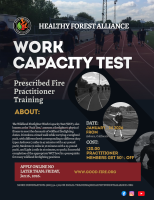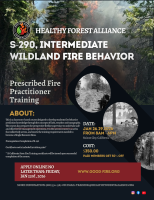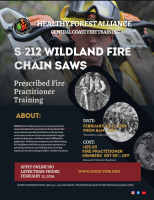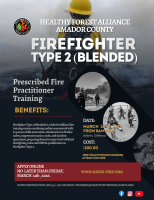"Empowering Excellence, Uniting Expertise: Igniting Tomorrow's Fire Practitioners"
FIREFIGHTER TYPE 2 (BLENDED)
TRAINING PROGRAM:
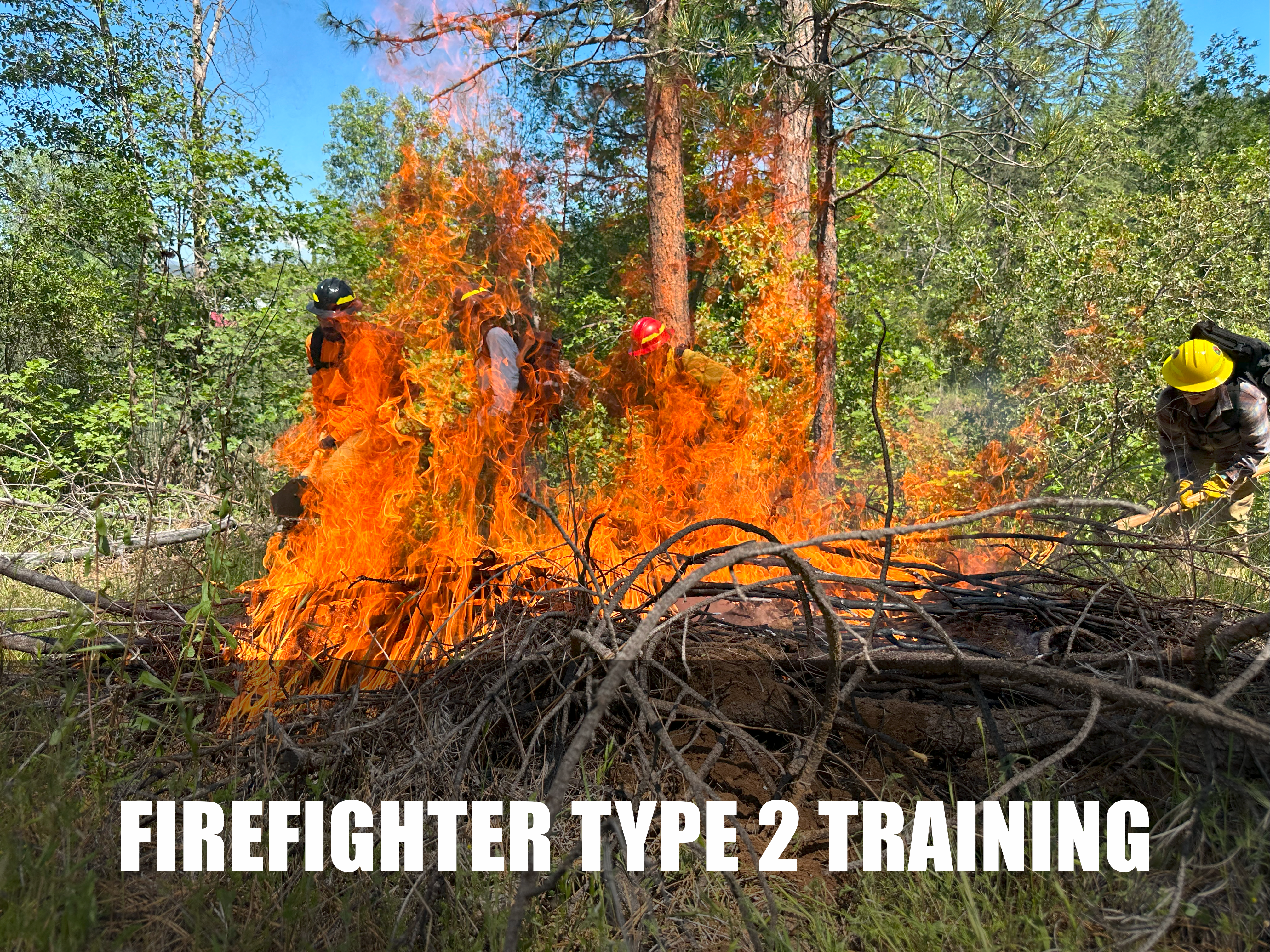
COURSE DESCRIPTION
The Basic Wildland Firefighter Training is designed to equip participants with the fundamental knowledge and skills required for effectively responding to wildland fires. This blended course combines online modules with practical field exercises to ensure a comprehensive learning experience. A blended Basic Wildland Firefighter course combines online learning with hands-on practical training. Students will have to complete the online course listed below, and attend the two day skills evaluation days to complete the course.
S-110: BASIC WILDLAND FIRE ORIENTATION
Basic Wildland Fire Orientation - National Wildfire Coordinating Group 2003 - NFES 2709 - Course S-110. Basic Wildland Fire Suppression Orientation is a video which provides essential information for individuals interested in wildland fire management. It may be used as a companion to S-130, Firefighter Training, and is particularly useful for indoctrination of non-fire management employees to the world of wildland fire.
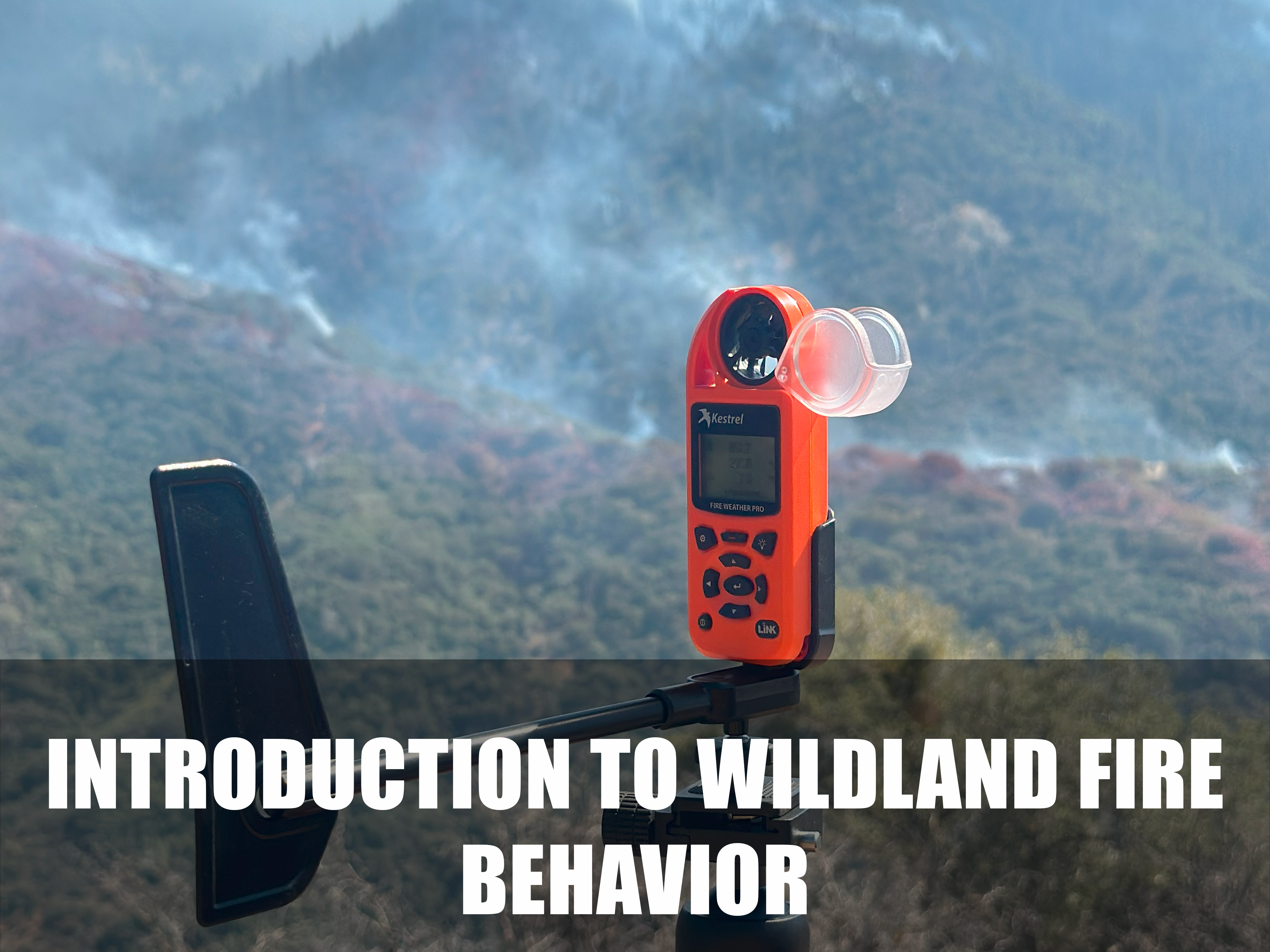
STEP 1: You will need to register for a WFIT account (Wildland Learning Portal). Click the button below, it will bring you to the login page hit create account, fill out your information and for the last questions answers are below.
Agency: Contractor
Unit: Healthy Forest Alliance
Geographic Area: Pacific Southwest
STEP 2: Log in to Learning Portal go to "Find Learning" then to "Courses" and search for the courses listed below.
- S-130 Firefighter Training (Online Component) 2008 v2
- L-180 Human Factors in the Wildland Fire Service (Online) 2014
- S-190 Introduction to Wildland Fire Behavior (Online) 2023 v2
STEP 3: Complete all three wildland courses and upload all the Certificates in the "my Documents" area of the mebers portal.
S-190 INTRODUCTION TO WILDLAND FIRE BEHAVIOR
This course provides instruction in the primary factors affecting the start and spread of wildfire and recognition of potentially hazardous situations. This course is typically taught in conjunction with or prior to "NWCG S-130, Firefighter Training (Wildland)."
The material is broken into 3 online modules (1 to 3 hours each).
After completing the online training required by your agency or department, a training officer or fire chief will evaluate required further training. The affiliated department can then certify students’ completion of this course by issuing the final certificate.
Please note: You must go through each module completely and successfully pass the end-of-module challenge review in order to receive credit for this course.
PLEASE NOTE: You must go through each module completely and successfully pass the end-of-module challenge review in order to receive credit for this course. You Must Upload The Course Completion Certificates to the "MY TRAINING DOCUMENTS" located in the members area.
S-130 FIREFIGHTER TRAINING
This course addresses the foundational skills universal to all wildland firefighters.
The material is broken into 12 online modules (1 to 3 hours each) and a mandatory, instructor-led field day exercise. Each online module explains the concepts and skills that will be performed and evaluated on the field day exercise. Module 12 contains optional knowledge areas (pump operations, map and compass, fire investigation, and cultural resources) that are very useful concepts but not required due to time constraints.
After completing the online training required by your agency or department, a training officer or fire chief will evaluate required further training. The affiliated department can then certify students’ completion of this course by issuing the final certificate.
PLEASE NOTE: You must go through each module completely and successfully pass the end-of-module challenge review in order to receive credit for this course. You Must Upload The Course Completion Certificates to the "MY TRAINING DOCUMENTS" located in the members area.

STEP 1: You will need to register for a WFIT account (Wildland Learning Portal). Click the button below, it will bring you to the login page hit create account, fill out your information and for the last questions answers are below.
Agency: Contractor
Unit: Healthy Forest Alliance
Geographic Area: Pacific Southwest
STEP 2: Log in to Learning Portal go to "Find Learning" then to "Courses" and search for the courses listed below.
- S-130 Firefighter Training (Online Component) 2008 v2
- L-180 Human Factors in the Wildland Fire Service (Online) 2014
- S-190 Introduction to Wildland Fire Behavior (Online) 2023 v2
STEP 3: Complete all three wildland courses and upload all the Certificates in the "my Documents" area of the mebers portal.
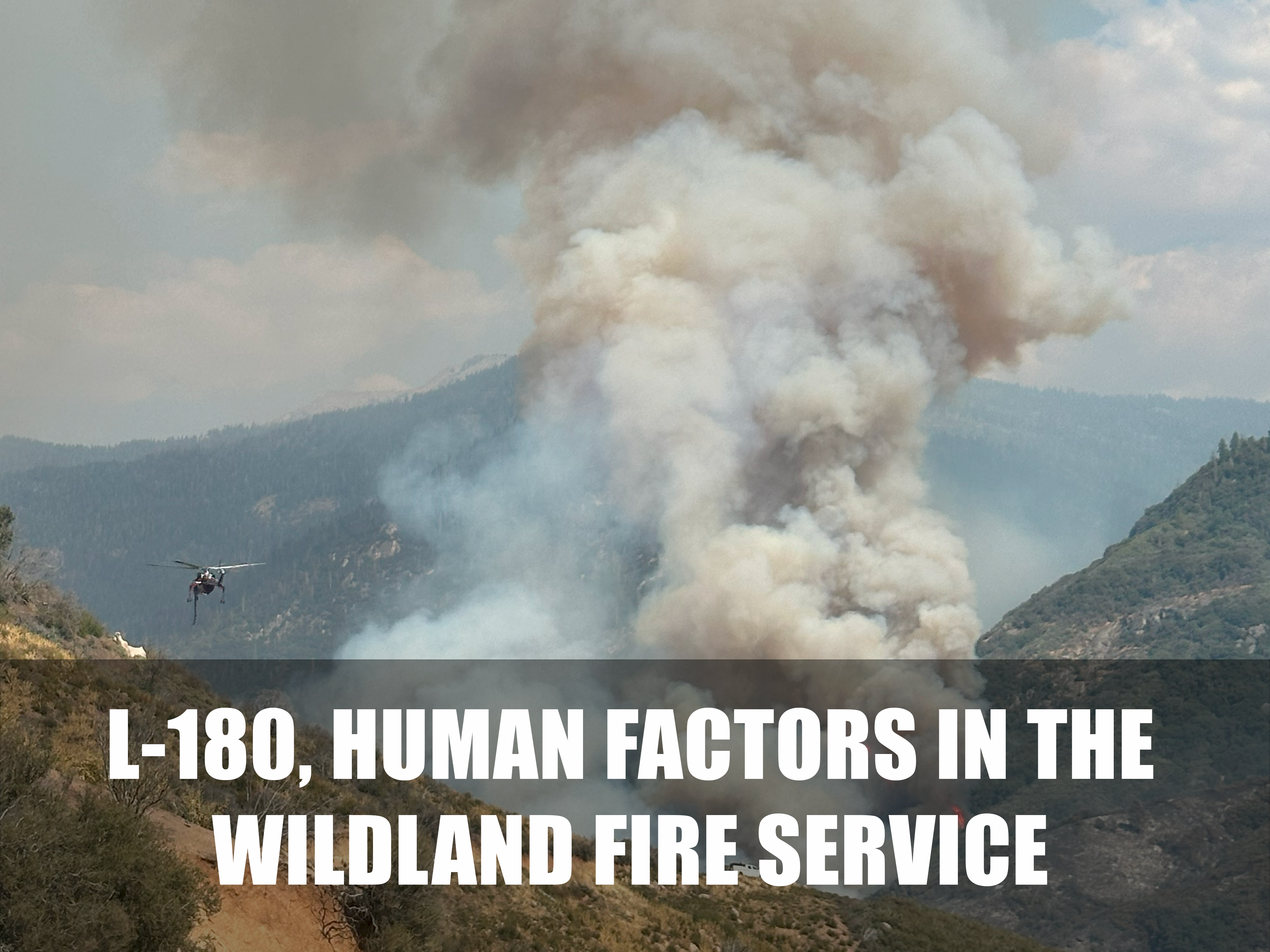
STEP 1: You will need to register for a WFIT account (Wildland Learning Portal). Click the button below, it will bring you to the login page hit create account, fill out your information and for the last questions answers are below.
Agency: Contractor
Unit: Healthy Forest Alliance
Geographic Area: Pacific Southwest
STEP 2: Log in to Learning Portal go to "Find Learning" then to "Courses" and search for the courses listed below.
- S-130 Firefighter Training (Online Component) 2008 v2
- L-180 Human Factors in the Wildland Fire Service (Online) 2014
- S-190 Introduction to Wildland Fire Behavior (Online) 2023 v2
STEP 3: Complete all three wildland courses and upload all the Certificates in the "my Documents" area of the mebers portal.
L-180, HUMAN FACTORS IN THE WILDLAND FIRE SERVICE
"Human Factors in the Wildland Fire Service" exposes students to human performance concepts as part of basic wildland firefighter training.
This course is specifically designed for entry-level operational personnel; however, this course also applies to all wildland fire service personnel, including nonoperational personnel. At the end of this online self-study course, students will be able to practice decision-making skills in an interactive simulation as a member of a fire crew and will apply their human factors knowledge to a variety of scenarios.
PLEASE NOTE: You must go through each module completely and successfully pass the end-of-module challenge review in order to receive credit for this course. You Must Upload The Course Completion Certificates to the "MY TRAINING DOCUMENTS" located in the members area.
IS-700.B: AN INTRODUCTION TO THE NATIONAL INCIDENT MANAGEMENT SYSTEM
This course provides an overview of the National Incident Management System (NIMS). The National Incident Management System defines the comprehensive approach guiding the whole community - all levels of government, nongovernmental organizations (NGO), and the private sector - to work together seamlessly to prevent, protect against, mitigate, respond to, and recover from the effects of incidents. The course provides learners with a basic understanding of NIMS concepts, principles, and components.
PLEASE NOTE: You must go through each module completely and successfully pass the end-of-module challenge review in order to receive credit for this course. You Must Upload The Course Completion Certificates to the "MY TRAINING DOCUMENTS" located in the members area.
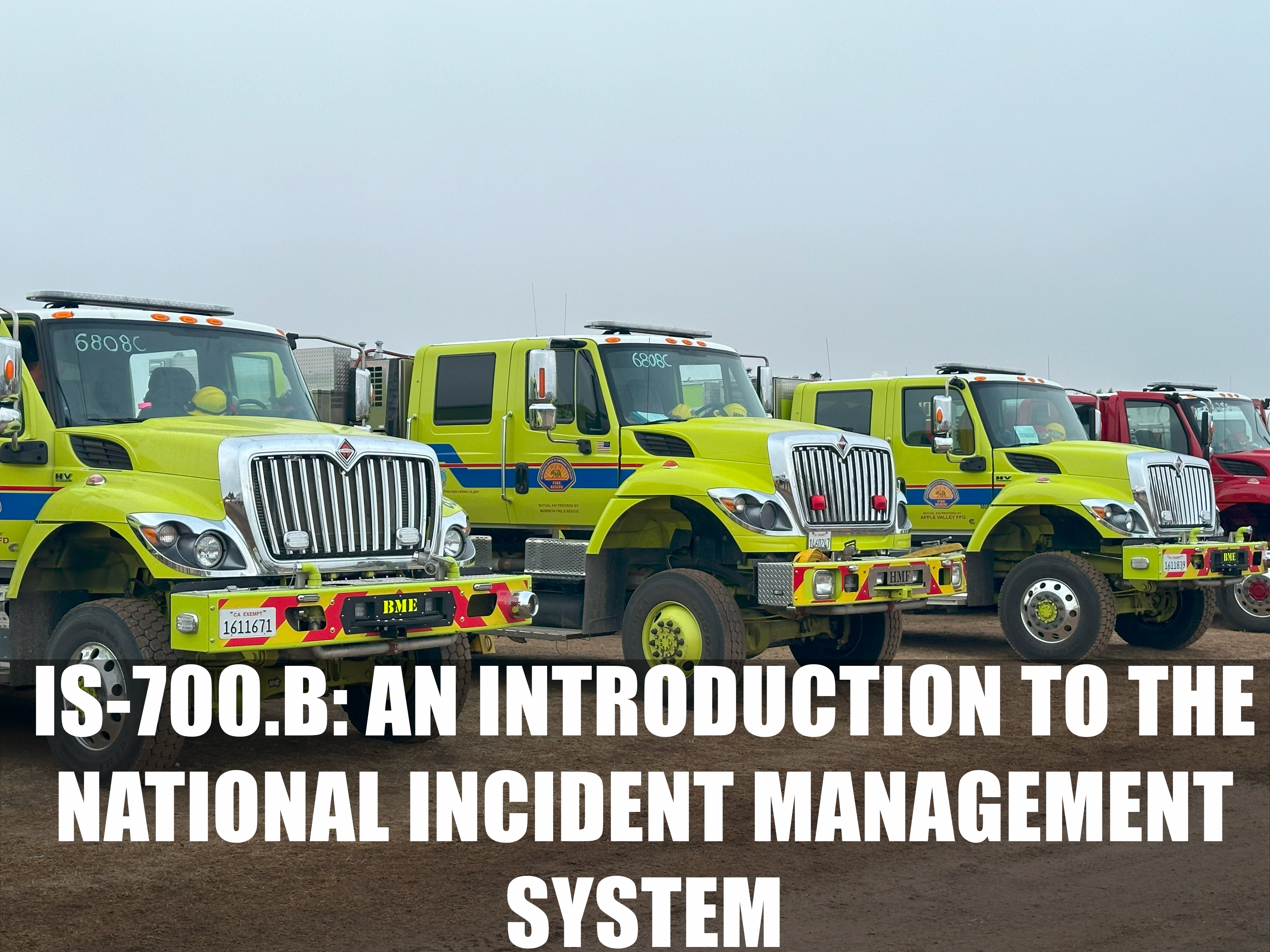
Step-by-Step Instructions
STEP 1: Navigate to the FEMA SID Website: Open your web browser and go to cdp.dhs.gov/femasid.
STEP 2: Initiate Registration: Find and click on the "Register for a FEMA SID" box on the homepage.
Complete Your Profile: Fill out the required personal information to create your account, such as your full legal name and a personal email address.
Set Up Security: Create a secure password and set up security questions for your account.
Confirm and Receive SID: Click the "Register" or "Submit" button. Check your email for a confirmation message that contains your unique FEMA SID number.
IS-700.b
- Take Interactive Web Based Course
- Take Final Exam
IS-100.c
Print Certificates for Completion of Each Course and Uplod to your "My Documents" located in the members area.
WILDLAND FIREFIGHTER WORK CAPACITY TEST
Some jobs, like firefighting, require passing a job-related Work Capacity Test to meet minimum qualifications. Such tests help ensure that prospective workers have the capacity to perform work without undue fatigue and without becoming a hazard to themselves or coworkers. Most wildland firefighters must meet minimum levels of fitness requirements for the type of duties they are assigned:
STUDENTS MUST BRING THE FOLLOWING TO CLASS:
REQUIRED MATERIALS FOR THE SKILLS DAYS
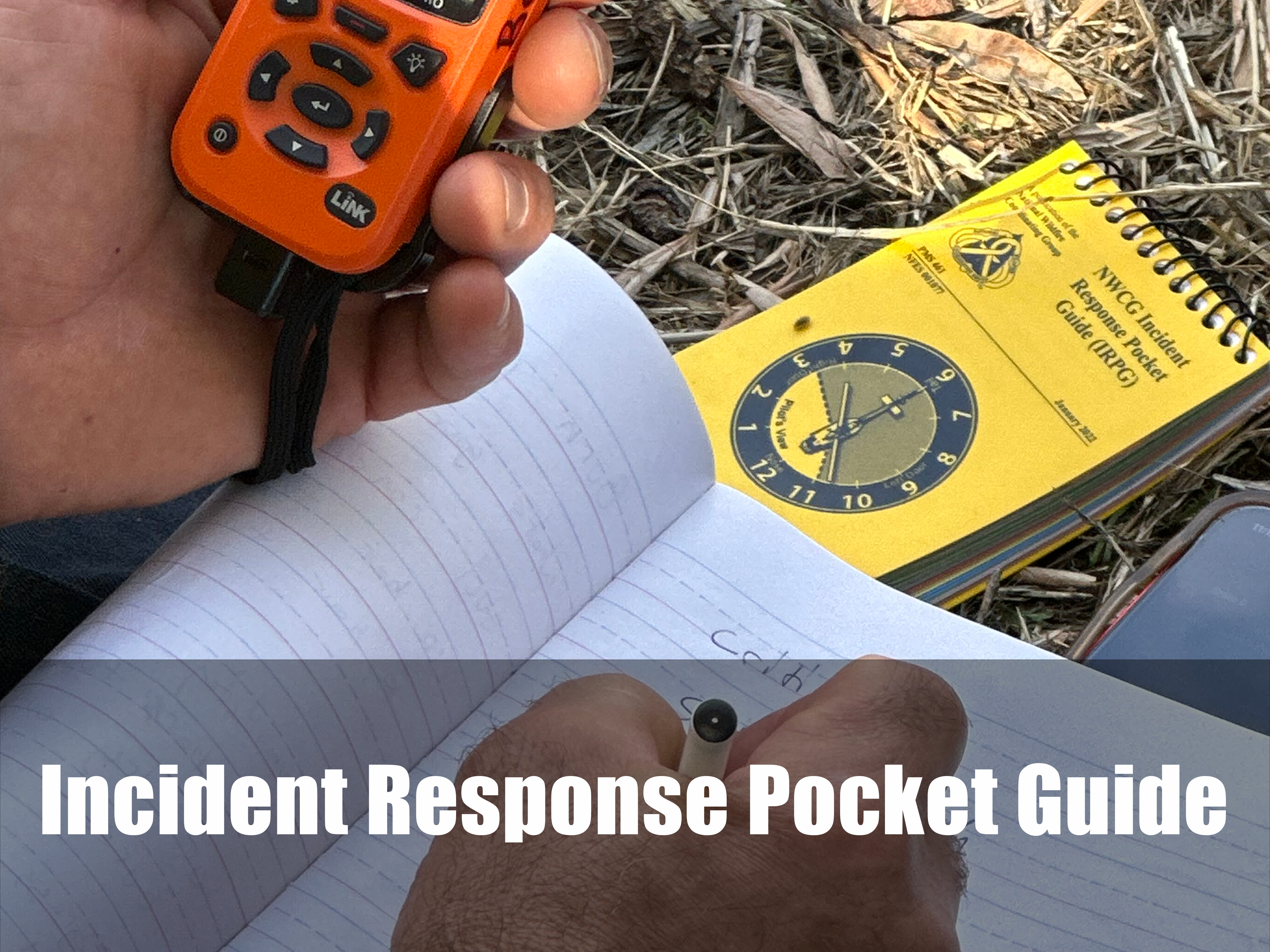
Incident Response Pocket Guide 2025

10 Standard Firefighting Orders

18 Watch Out Situations

Incident Response Pocket Guide 2022
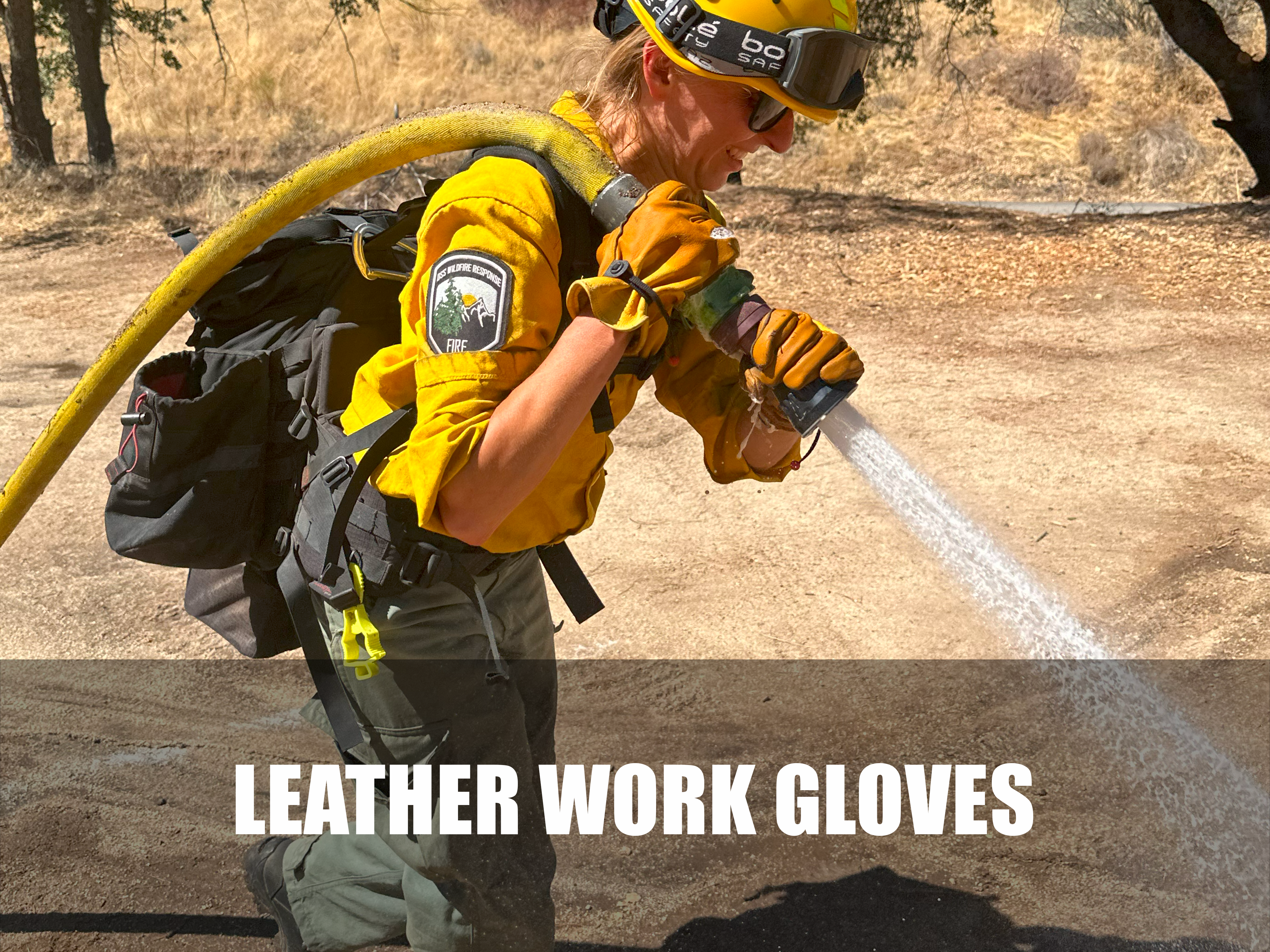
Leather Work Gloves

Approved Safety Glasses

Long Sleeve 100% Cotton Shirts

100% Cotton Pants
.
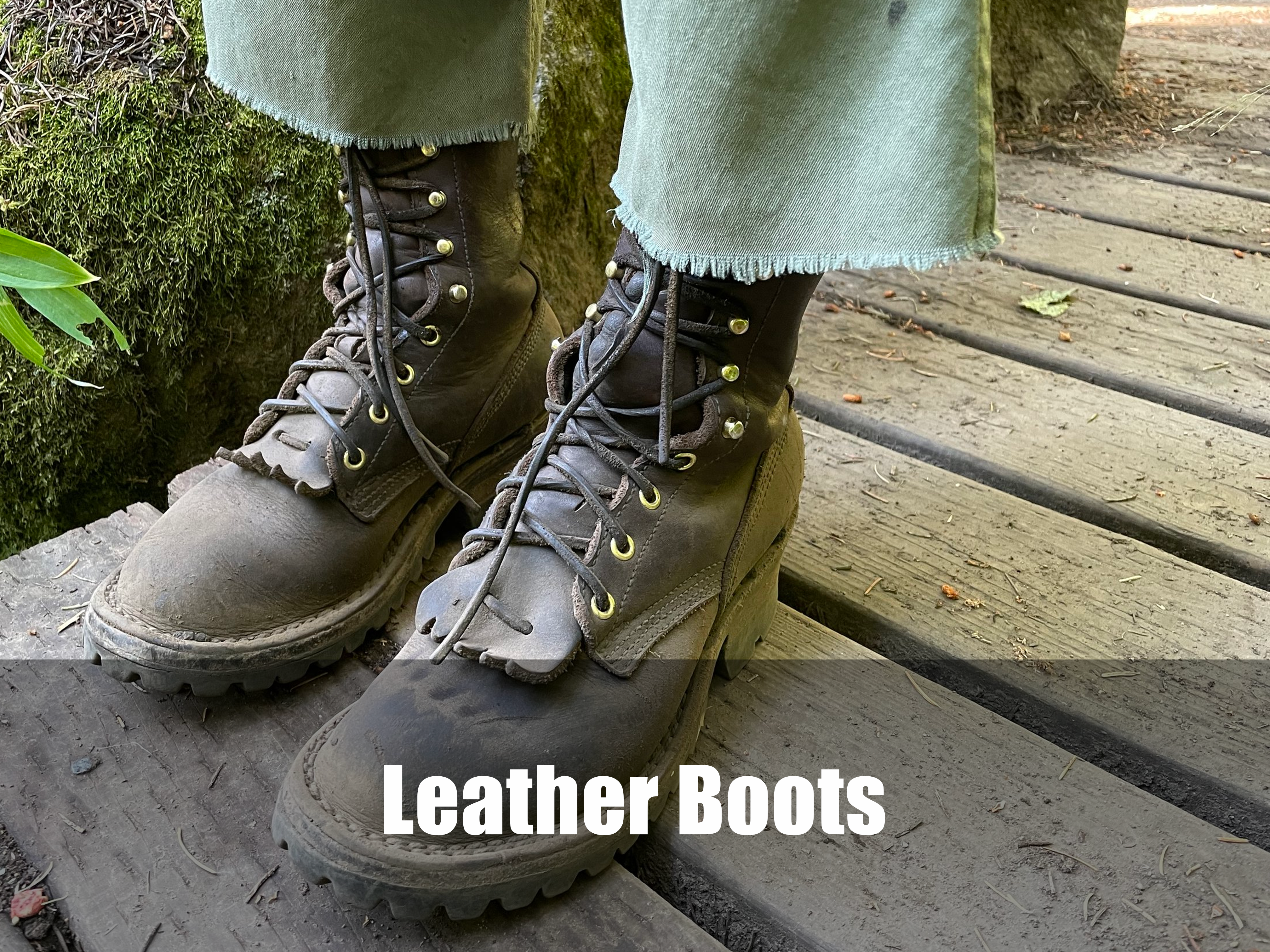
LEATHER BOOTS

Lunch, water and snacks.
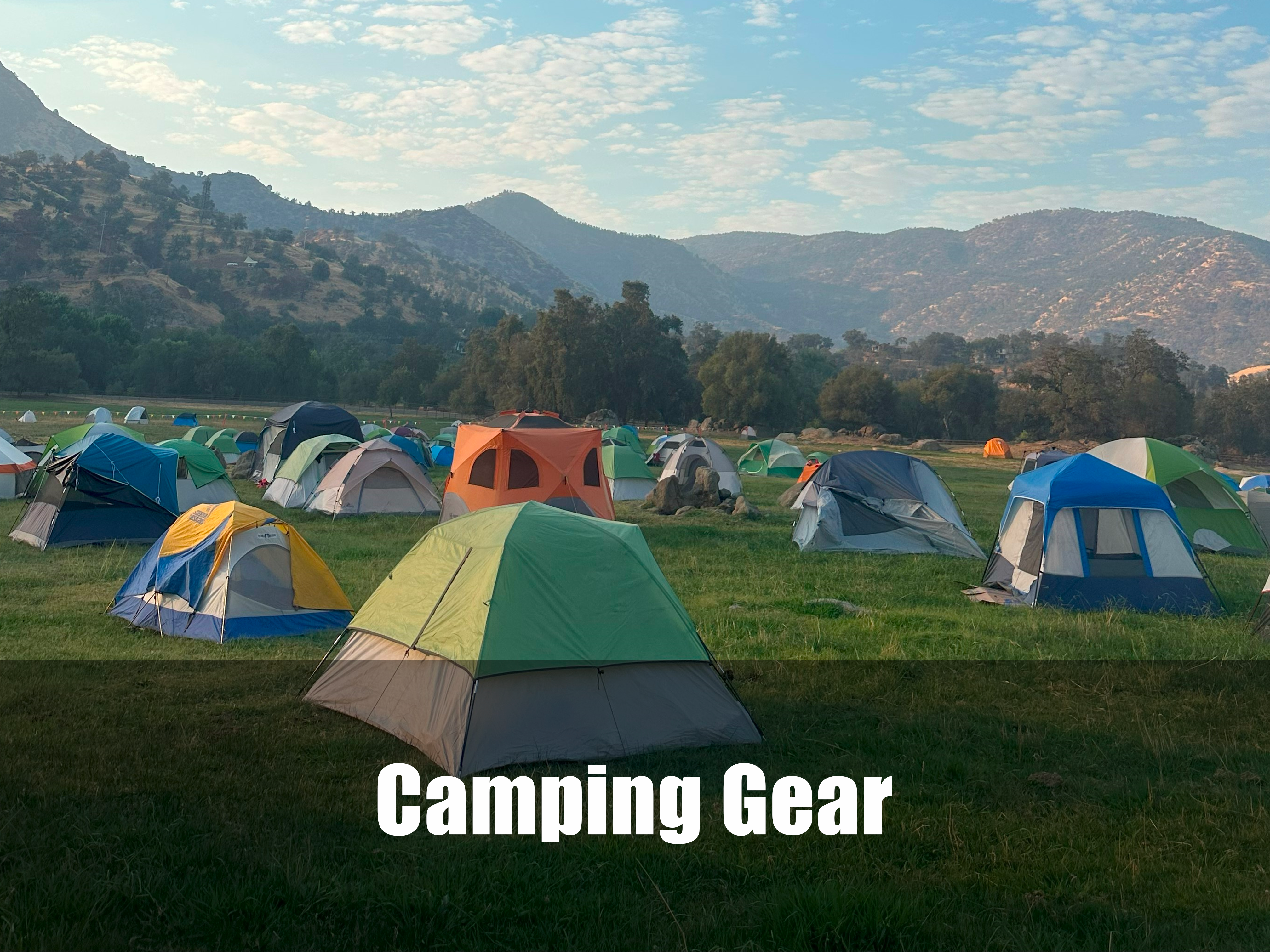
CAMPING GEAR
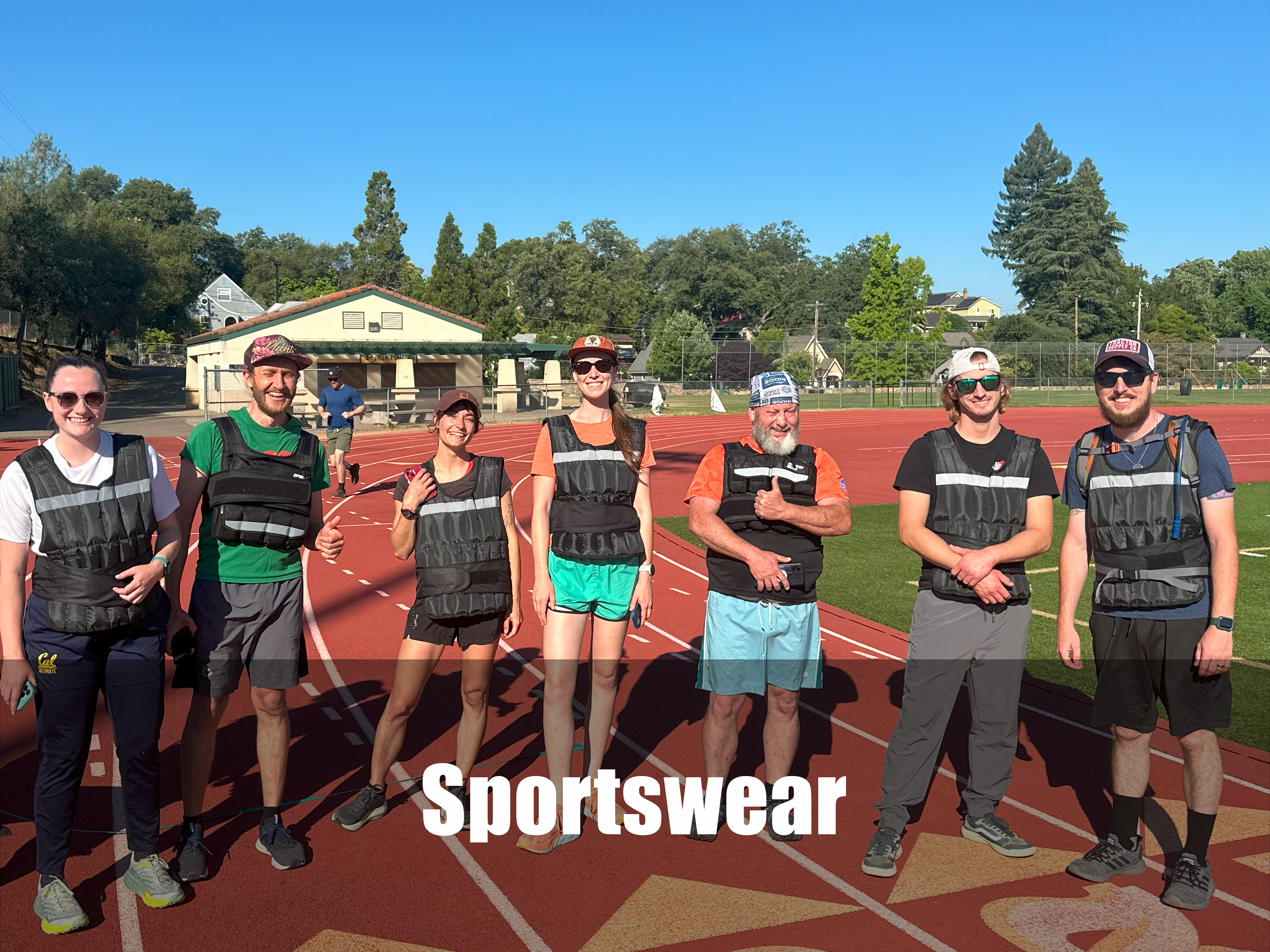
RUNNING SHOES & SPORTSWEAR
SCHEDULE FOR THE SKILLS DAYS
DAY 1
0800-0900
Morning Session: Introduction and Safety Procedures
Welcome and Introductions
Overview of the Training Objectives and Goals
Safety Briefing and Equipment Check
0800-0900
0900-1300
Skill Stations: Rotating Sessions
Station 1: Pumps, Hose Handling and Water Use
Station 2: Weather Observations
Station 3: Wildfire Suppression Techniques
1300 - 1330
Lunch Break
1300 - 1330
1330 - 1730
Afternoon Session: Scenario-based Training
Scenario 1: Handline Construction
Scenario 2: Firing Devices
Scenario 3: Fire Shelter Deployment
1730 - 1800
Afternoon Session: Scenario-based Training
Closing Remarks and
1730 - 1800
1800 - 1900
Optional Session: Work Capacity Test
This is an OPTIONAL session for those wishing to get a INcident Qulification Card (RED CARD)
DAY 2
0800-1200
Morning Session: Review and Advanced Techniques
Recap of Day 1 and Review of Key Concepts
Advanced Hose Handling and Nozzle Techniques
0800-1200
1030 - 1300
Skill Stations: Advanced Rotating Sessions
Station 1: Advanced Fire Suppression Tactics
Station 2: Incident Command System (ICS) Overview
Station 3: Fire Behavior and Risk Assessment
1300 - 1330
Lunch Break
1300 - 1330
1330 - 1730
Afternoon Session: Live Fire Scenario
Briefing on Live Fire Scenario: Safety Protocols, Objectives, and Roles
Execution of Live Fire Scenario:
Participants respond to a simulated fire incident involving structures or wildland settings.
Practice suppression techniques, communication, and teamwork under realistic conditions.
Emphasis on decision-making, situational awareness, and adaptation to changing conditions.
Debriefing and Evaluation:
Review of performance and tactics employed during the live fire scenario.
Lessons learned, areas for improvement, and best practices discussed.
Feedback from instructors and peers.
1730 - 1800
Closing Remarks and Certificates
Closing Remarks, Distribution of Certificates, and Departure
1730 - 1800
UPCOMING TRAINING
RT-130, Wildland Fire Safety Training Annual Refresher
Work Capacity Test - Arduous, Moderate and Light Available
S-290: Intermediate Wildland Fire Behavior
S-212 Wildland Fire Chainsaws - Central Coast Training
Wildland Firefighter Type 2 (Blended) - Amador County
Please Support Our Corporate Members
HELPING LANDOWNERS PROMOTE HEALTHY FORESTS USING "GOOD FIRE"
how you can help
LEARN MORE ABOUT PRESCRIBED FIRE AND HOW IT CAN BE USED TO PROMOTE HEALTHY FORESTS
FROM OUR BLOG
🔥 Small Teams, Big Impact: The Rise of Micro Prescribed Burn Associations Across California,...
“So You’ve Masticated Your Land for Fire Safety… Now What?” Across California, thousands of...
🔥 The Do’s and Don’ts of Pile Burning for Property Owners in California When used correctly, pile...


